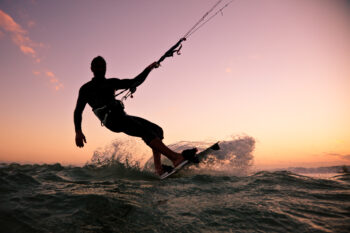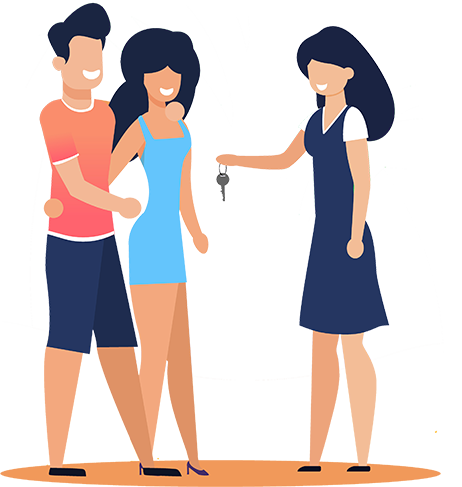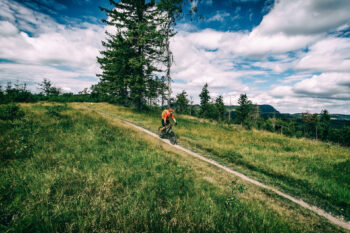
Winter break 2022 during the pandemic. Where to go in winter for holidays, to the mountains or to the seaside?
The forced change in Poles' travel habits caused by COVID-19 may become an opportunity for the development of winter tourism in places previously visited only during holidays. It is also a great opportunity to spend safe winter holidays and activate regions that have so far lived exclusively from summer tourism.
The coronavirus pandemic, which came unexpectedly at the beginning of 2020, forced us to change our current travel habits. Due to closed airports, compulsory quarantine and the risk of spreading COVID-19, one part of tourists canceled their vacation plans, the other gave up traveling abroad, choosing to spend holidays in their homelands. The same applies to Poles.
The weakening of the tourism industry
As shown by statistical data GUS, the number of tourists in Poland, only in July 2020 decreased by 35 % which, when translated into a measurable value, means a decrease by 1.4 million compared to the previous year. Another significant factor was the huge drop in the number of foreign tourists. According to the Central Statistical Office, only 300,000 came to Poland in July. tourists from abroad, which means as much as a 68% decrease compared to the same period in 2019. This turn of events has brought the tourism industry to the brink of collapse, but there is also a visible change in the trend among people who, despite the pandemic, decided to relax.
Tourists in 2020 were very eager to choose agritourism, where they could relax in the bosom of nature. Increased traffic during the 2020 holidays could also be observed in the southern regions, especially in the mountains. The coastal towns also suffered little. The Mazowieckie voivodship was the worst. Such a state of affairs is not surprising because the most frequently chosen destination for spending summer holidays by Poles in the country, the Baltic coast has always been. In turn, the driving force of tourism in Mazovia is Warsaw. Due to the limitations in air traffic and the reduction in the number of business trips, a significant part of tourists did not come to the capital, while Poles chose smaller towns to rest away from large crowds of people.
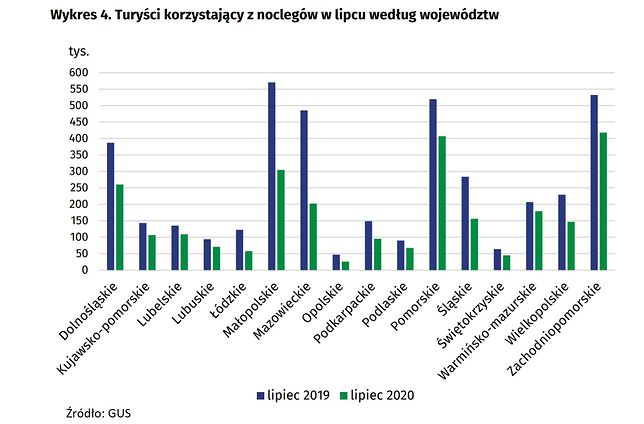
Seasonality of tourist traffic
The seasonality of tourist traffic is a common phenomenon, not only in Poland. According to the data Eurostat, the average number of overnight stays in all European countries in August is on average 3-4 times higher than in the winter months. In Poland, as much as 80 percent. tourist traffic takes place in 76 poviats. In 2020, in the Pomeranian Voivodeship in July and August, 43 % of the total number of overnight stays during the year were provided, in the Warmińsko-Mazurskie Voivodeship - 40 %., And in the West Pomeranian Voivodeship - 36 %. Every year about 15% Poles choose coastal regions, and 11% mountains to spend their summer holidays in Poland.
The statistics are completely different in the winter months. According to a report published by the portal Nocowanie.plThe most frequently chosen voivodeship for winter holidays in 2019 was the Małopolskie Voivodeship (32.7 % of all inquiries), with as many as 13% of all inquiries in the country related to Zakopane, which has been triumphant as the undisputed "capital" of winter holidays for years. The second place in the ranking was taken by the Lower Silesia Province, with nearly 20% of all inquiries. The podium was closed by the West Pomeranian Voivodeship with a result of 13.50% inquiries. Łeba and Władysławowo were among the top ten most-chosen towns, but the percentage of inquiries about accommodation in these cities was 1.42% for Łeba and 1.62% for Władysławowo, respectively. As you can see, the disproportion is huge.
According to the analysis of Kantar Polska SA, Polish mountains in the winter season 2018/2019 chose 34% for all departing. In turn, throughout 2019, nearly 1 million 700 thousand people traveled on the Tatra trails. people - according to the data of the Tatra National Park.
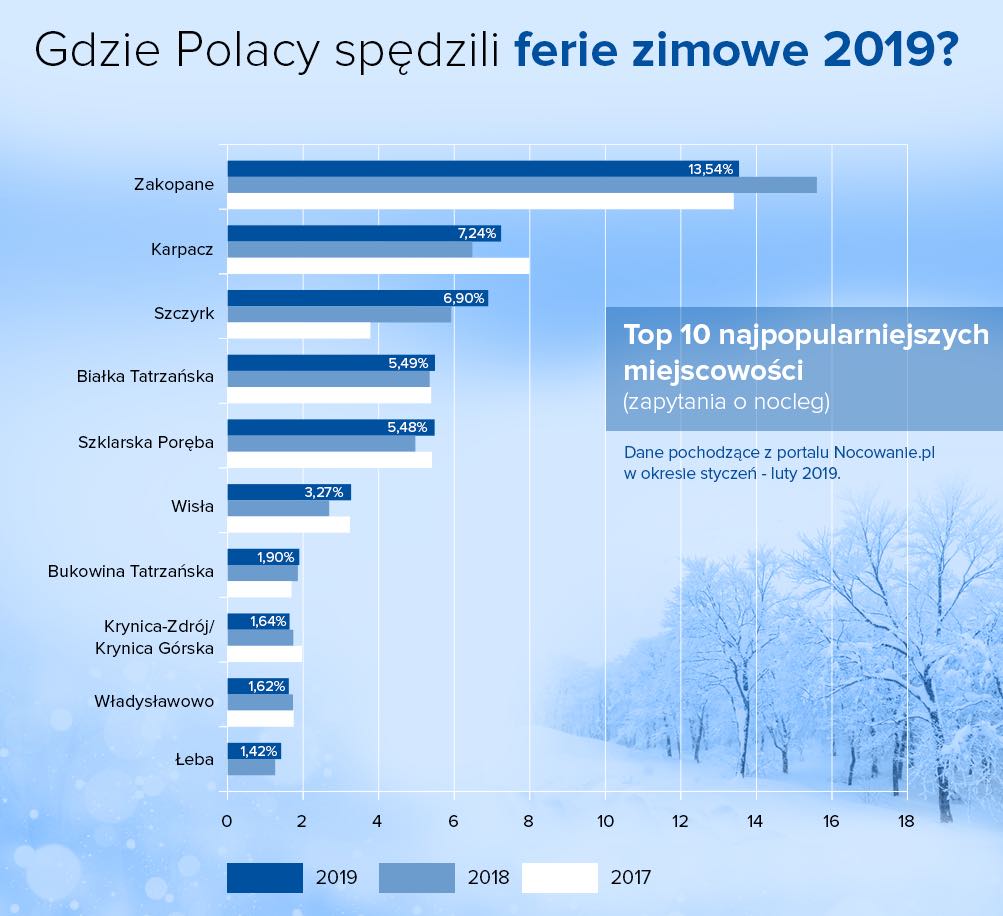
Untapped tourism potential
While the choice of southern regions in winter can be considered natural, all the data show that southern regions are doing much better than coastal towns all year round. This results in significant concentration of tourist traffic in a relatively small area of our country, especially in the winter months.
Seaside resorts fall into hibernation from the second half of September. Such results mean that a significant number of regions in Poland are characterized by unused tourist potential. It is especially noticeable in winter, in seaside towns, which also includes Jurata.
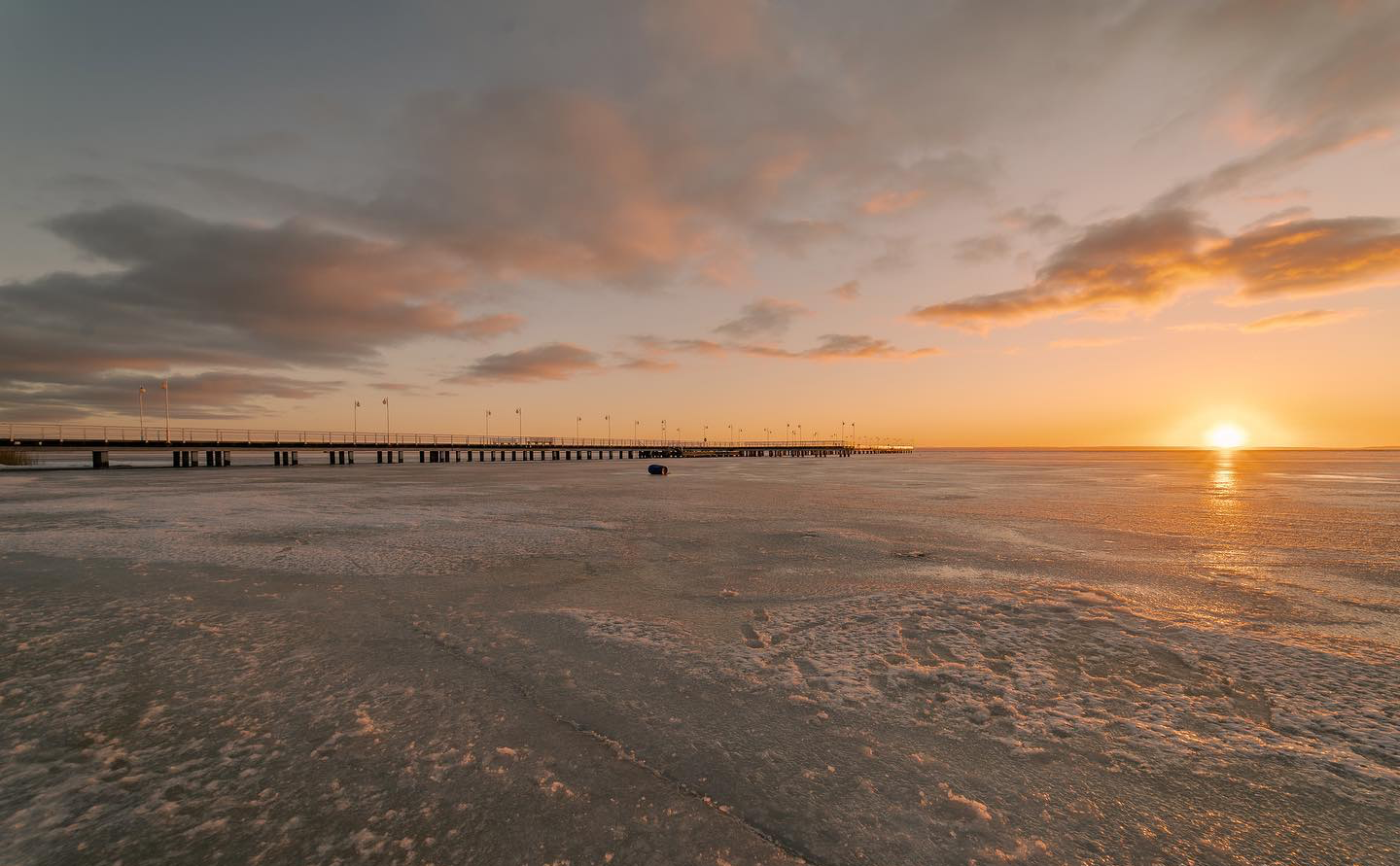
The habits of Poles are one thing, but the involvement of local governments plays a huge role in shaping tourism. For unknown reasons, many authorities of coastal communes do not undertake sufficient promotional activities or even give up any promotion for the development of tourism in their regions.
Such stagnation causes huge losses for local communities in small towns, whose main source of income is tourism. It is not only hoteliers and offering persons who suffer from this holiday apartments, but also restaurateurs, suppliers and shopkeepers. It also causes a significant increase in the prices of accommodation at the seaside, food costs and attractions in the spring and summer season. It is a natural course of things, because everyone wants to earn as much as possible during the 2-3 months of vacation in order to survive the rest of the year.
In line for rest
Without a doubt, unequal distribution of forces between the north and the south results from the aforementioned habits of Poles and it is not surprising. In the mountains, we can almost always find snow in winter, do winter sports, organize fairy-tale sleigh rides. However, this has its downside.
A trip to the mountains in winter is a painful journey of several hours, associated with many kilometers of traffic jams in Zakopianka and crowds on trains.
To cover the popular section by car on the Warsaw-Zakopane route, you need to reserve from 8 to even 14 hours, which is just a distance of just over 400 km. We will get by train a little faster. Depending on the selected connection, the travel time on the same route is from 8 to 12 hours.
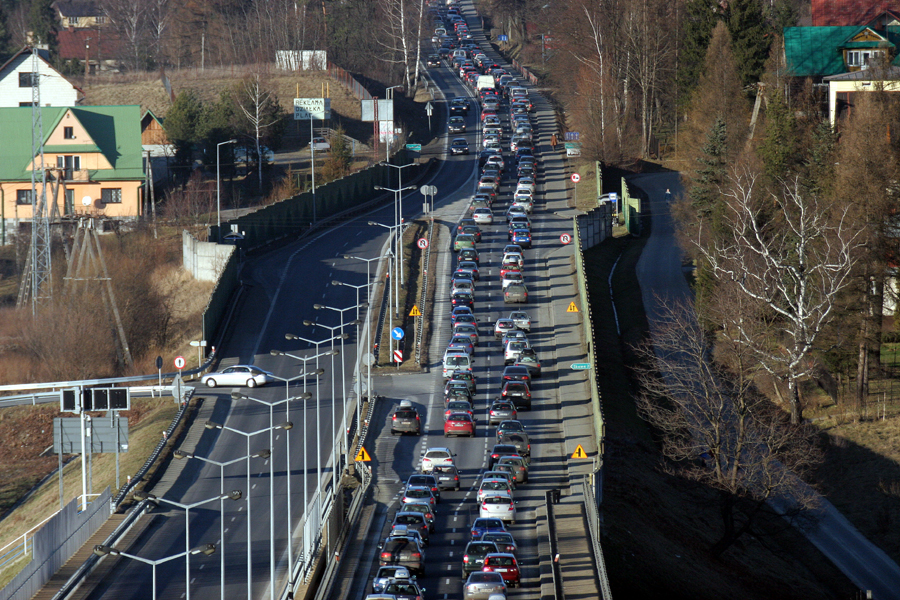
It doesn't get any better on the spot. There are legends about the queues to Gubałówka or Morskie Oko. In the winter holiday season, almost all hotels and guesthouses are crowded, and you shouldn't count on entering the restaurant without prior reservations. The most popular street in Zakopane is, of course, Krupówki. However, there is no need to dream about a quiet walk, because in the winter season there is a sea of tourists overflowing here.
In such conditions, it is difficult to maintain a safe distance, which is so loud in the times of the COVID-19 epidemic. There is also no indication that the restrictions related to the prophylaxis of virus infections will disappear during the coming winter season, mainly due to the lack of a drug and the still distant prospect of introducing an effective and safe vaccine.
Active vacationers also have to take an allowance for waiting for their turn to the ski lifts. And this is true in virtually all mountain resorts with slopes. In Białka Tatrzańska, Jaworzyna Krynicka, Pilsek or Szczyrk, the average waiting time for the climb is 20-30 minutes.
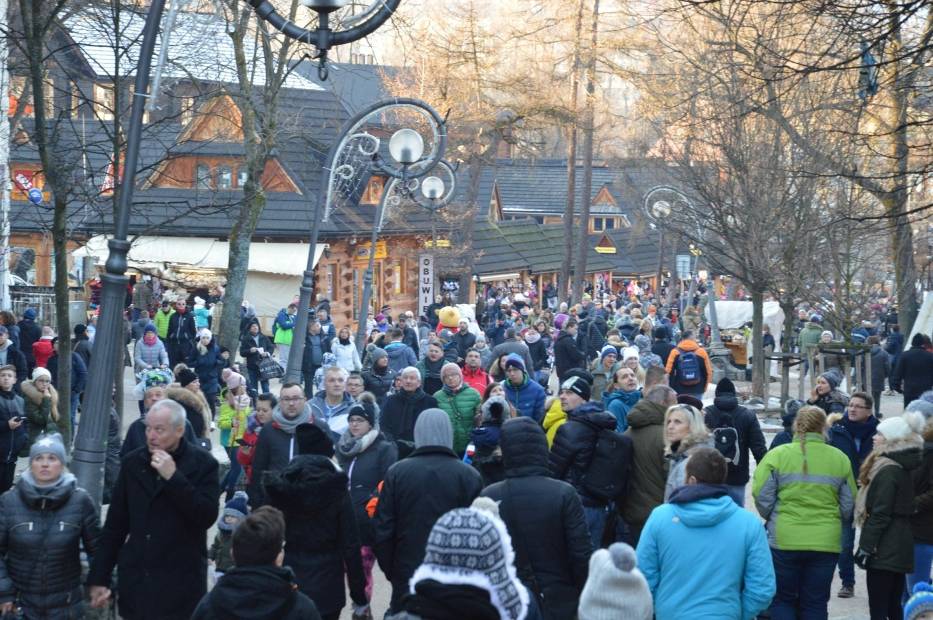
Escape from the smog
The decision to go on vacation or vacation is dictated not only by the desire to rest from the daily routine, but also by the hope to spend time outdoors. The latter reason is particularly important because of the youngest, whom we want to treat with a decent dose of active rest during a break from school. However, it may turn out that breathing with full lungs in some regions of Poland may bring more threats than benefits, due to the air pollution that the south of our country struggles with every year.
Smog, i.e. fog with admixtures of smoke and exhaust gases, is the infamous domain of the winter season, which the provinces located on the lowest map of Poland have been struggling with for years ineffectively.
As reported Polish Smog AlertBased on the analysis of the results of the Chief Inspectorate for Environmental Protection, it is not large agglomerations, but small towns and villages that are at the forefront of the list of the most polluted in terms of air.

In 2018, the standards for the concentration of hazardous compounds in the air were exceeded by as many as 13 times in Sucha Beskidzka and in Rybnik. IN Nowy Sącz was recorded 9 times higher than the acceptable concentration of carcinogenic benzo (a) pyrene, w Pszczyna exceeded the norm nine timesand aw Zakopane and Żywiec 8 times.
As dangerous as gases, they are also found in smog dusts PM 2.5 and PM 10. Latest report EEA from 2019 for Poland indicates that in Poland, due to PM2.5 dust, there are about 43 thousand. premature deaths. As can be seen from the report published as part of the integrated LIFE project, approx 800 thousand inhabitants of Małopolska (Population 23.5%). On the other hand, the risk of exceeding the daily average value of PM10 dust 50 µg / m³ for more than 35 days a year is over 54% of Małopolska residents.
According to the data of the Chief Inspector of Environmental Protection from 2018, Kraków is the record holder in terms of the number of days during which smog remains in the air. As many as 165 days a year, all standards are exceeded here to such an extent that leaving the house without a mask is simply dangerous. Children, the elderly and pregnant women are particularly at risk - warns GIOS. For comparison, In the Tri-City, smog in the air lasts only 35 days a year, and the concentration of hazardous substances is much lower and does not carry such threats as in the south of the country, or it does not occur at all.
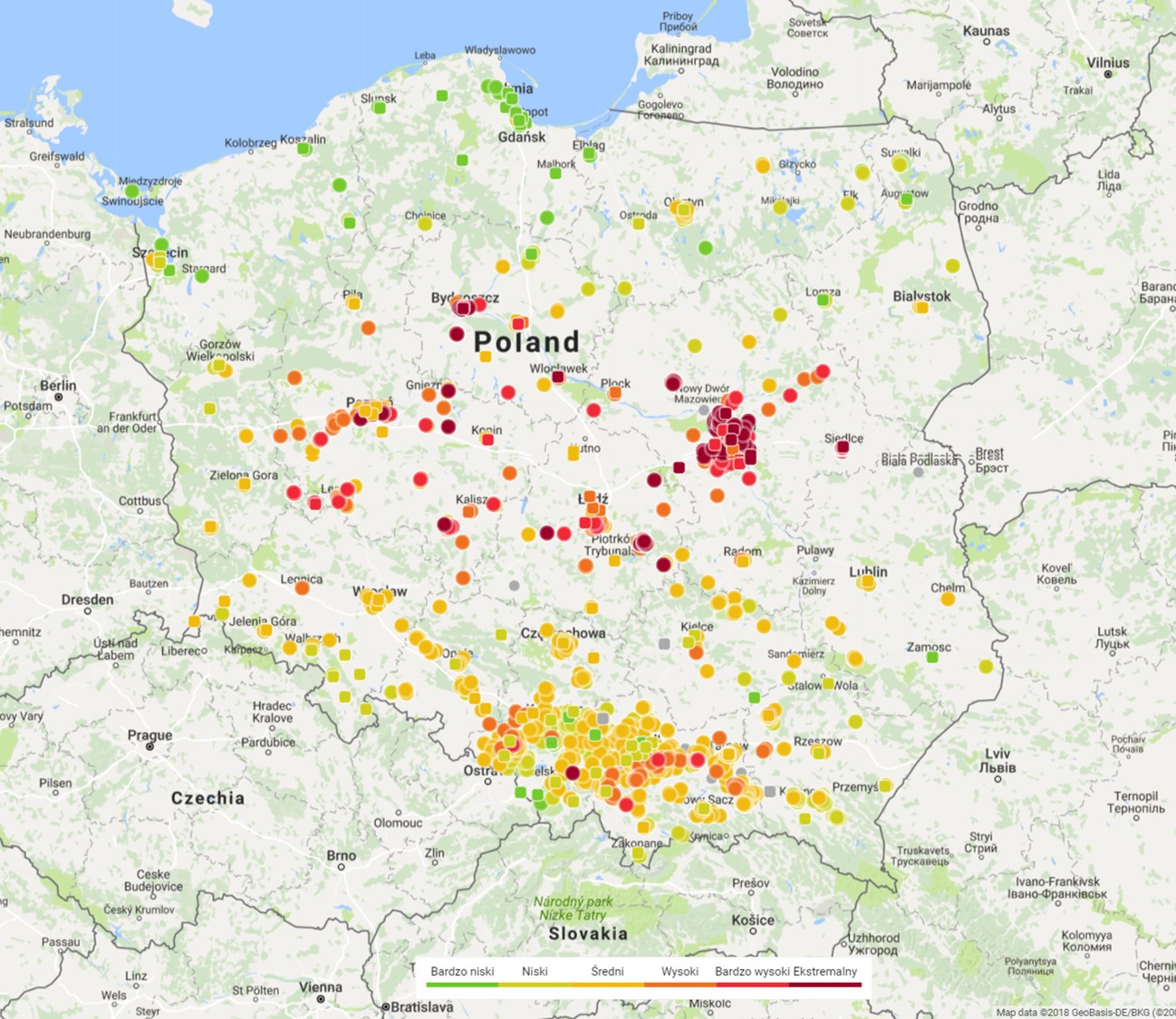
The alternative will combine business with pleasure
Large numbers of people and significant air pollution, combined with the Sars-CoV-2 virus epidemic, is undoubtedly an explosive mixture. On the one hand, when we go to the mountains for winter holidays, we risk inhaling hazardous compounds in the air every year. Standing for hours in traffic jams, with the engines running, not only do we not facilitate the fight against smog, but also inhale a huge amount of exhaust fumes. On the other hand, in 2020, fate gave us a virus, the outbreaks of which can be observed wherever larger numbers of people gather, so being in crowded places is an unnecessary temptation of fate.
In such conditions and with the prospect of wearing a mask in places where we should enjoy the trip, it's hard to talk about real rest. The possibility of going abroad without the need to quarantine upon arrival or upon return is also questionable and does not fill us with optimism.
However, there is an alternative to going to the mountains for the coming ones winter breakwhich will not only allow you to enjoy clean air, but also without having to cover your mouth or nose during winter walks.
The prescription is departure to the Baltic Sea. The winds blowing over the sea from the north and from the east clean the air to such an extent that you can breathe fully breastfeeding without risk while taking a large dose iodinewhich has the greatest number at the seaside in winter. There is also no obligation to wear a mask on beaches and in forest areas. Such a combination is formula for building immunity, so much needed in the fight against coronavirus and more.
The journey to the seaside will also be peaceful due to less traffic on the streets. We wrote about how to prepare for a trip to the seaside by car and about the advantages of resting on the Baltic Sea in winter in another article.
The unloading of tourist traffic is good for everyone
One of the most compelling reasons why you should consider spending your upcoming vacation at the coast is reduced risk of virus infection Sars-CoV-2, due to the fact that traffic is negligible in coastal towns outside the holiday season.
In winter, we will not find crowds on the beaches, streets or queues to attractions. In towns such as Jurata you can enjoy the peace, quiet and beautiful views, which in terms of natural values are in no way inferior to mountain landscapes.
Choosing northern regions for winter rest is also a way to reduce tourist traffic in the mountains, which in turn may contribute to reducing the transmission of the virus compared to the whole country. By avoiding large groups of people, we eliminate the risk of spreading the COVID-19 disease, which in the long run will help to shorten the duration of the pandemic.
Activation of coastal towns
Another important element, directly related to the possible change in habits regarding winter trips, is the chance for the development and activation of those towns that fall into lethargy in winter due to the lack of tourists. All towns in the region undoubtedly belong to such places Hel Peninsula, and most of the smaller towns located along the Baltic coast.
This issue, which tourists do not pay attention to, is a very important element influencing the entire economy and the quality of life in Poland. Going to the seaside in winter, we give opportunities for the development of the local community, which largely lives from tourism.
But the tourism industry is not just that accommodation at the seaside or gastronomic base. It's a whole network of interconnected industries that include food producers, including fishermen and farmers, retailers and restaurateurs, suppliers and carriers. They are also facilities that provide cultural services, such as museums, cinemas and theaters, which are empty at the seaside in winter.
The financial support of all these people and institutions is particularly important in the time of the ongoing pandemic. It should be noted how great losses were suffered by the entire economy, especially the tourism industry, due to the spring and unexpected lockdown. We can only go back to the pre-epidemic state together, but it requires the commitment of each of us.
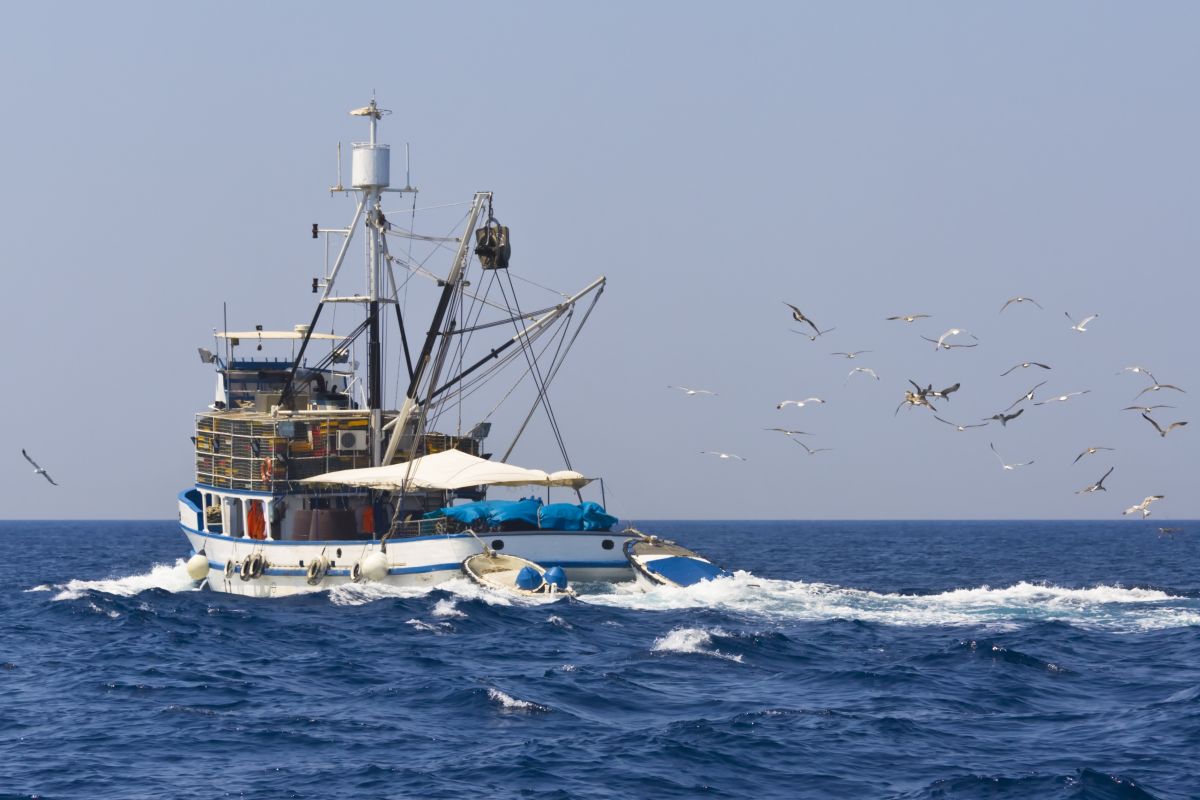
By making daily choices, we have a huge impact on how a dull economy, exhausted by the struggle with the coronavirus, will get back on its feet. One of such important choices will be the choice of a place to spend the winter holidays. Choosing winter holidays in Poland, especially in the northern regions of the country, we have a real opportunity to stimulate the activation of the economy in those towns that have so far been considered only summer holiday destinations.
It may turn out that these elections become natural, also due to restrictions on international traffic, as was the case during last summer holidays. We hope for a quick recovery of the economy, wishing everyone health!
Own study
main photo: Maksymilian Selin /Selinphotgraphy
All rights reserved


